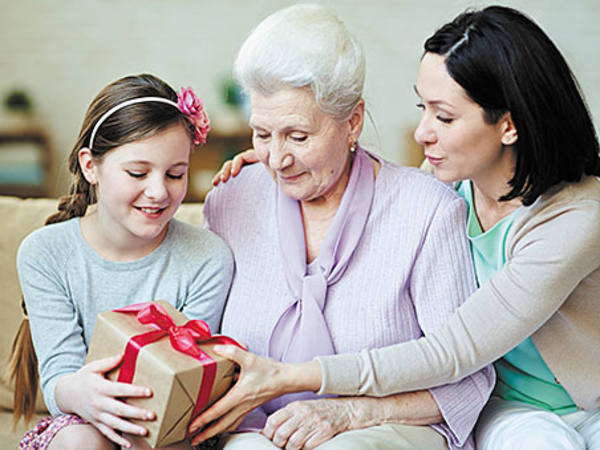- The freeze in the pensions Lifetime Allowance limit means that more pensions pot values are likely to go above it
- But there are a number of reasons why it makes sense to keep contributing to your pension
- The level of the charges for breaches depend on how you take the excess
Last autumn the government reported that the total value of pensions Lifetime Allowance charges it received in the 2019 to 2020 tax year was £342m – a 21 per cent increase on the previous year. A total 8,510 charges were reported by pension schemes through Accounting for Tax returns for the tax year ended 2020, up from under 1,000 a decade earlier. And it is likely that the numbers will continue to rise as the pensions Lifetime Allowance has been frozen at £1,073,100 until April 2026, at the same time as the latest UK inflation figure hit 5.1 per cent. If, for example, inflation averages at 3 per cent between now and 2026, assets worth almost £135,000 could breach the pensions Lifetime Allowance limit in four years' time that wouldn't have, if the Lifetime Allowance had continued to rise with inflation.
When the pensions Lifetime Allowance was introduced in 2006, it was set at £1.5m, with promised increases to £1.8m. However, from 2012 it gradually decreased, bottoming at £1m in 2017 to 2018, though it has since increased in line with inflation. As the allowance has shrunk while asset prices have grown, it’s not surprising that more people are having to pay for breaching it and this is likely to continue.
The rules change quite regularly so you cannot predict with certainty if you are likely to breach the pensions Lifetime Allowance. But to get an idea of where your pensions savings stand, if, for example, you contributed £40,000 to your pension every year and it compounded at 5 per cent a year, you would hit the current Lifetime Allowance limit in 17 years. Contributing £40,000 a year to your pension – the maximum permissible – is easier than you might think. This is because part of it would come from tax relief and some might come from employer contributions, so reducing the amount coming out of your pocket.
That said, the situation may not be so bad because hopefully the Lifetime Allowance will again rise in line with inflation after 2026. And with a return rate of 2 per cent, a more realistic expectation after inflation, if you contributed £40,000 to your pension every year it would take 22 years to hit the current Lifetime Allowance limit. If your annual pensions contributions only amounted to £20,000 a year in total, you would not hit the Lifetime Allowance for 36 years - about the timespan of the average working life. For example, the expected working life in the European Union was 38 years for men and 33.2 years for women in 2020.
Should I stop paying in?
The freeze in the Lifetime Allowance means that it is worth considering if there is ever a right time to stop paying into a pension. When you’re at an early stage in your working life, it seems sensible to max out whatever pension contributions you can make to get the most out of tax relief, employer contributions and the effects of compounding. But if, for example, you were age 40, had built up pension assets of £400,000 and they achieved a real rate of return of 3 per cent, with no further contributions you could hit the Lifetime Allowance in your early 70s, under the current rules.
However, the risks of not paying into your pension far outweigh the penalty associated with hitting the Lifetime Allowance.
“Generally, those with a long term time horizon who are still building their wealth should not worry too much about the Lifetime Allowance, and not reduce the risk taken just to avoid a potential tax charge which may never arise or could be 40 years away,” says Kay Ingram, chartered financial planner. The legislation could change again before the Lifetime Allowance is likely to be charged. Having an inadequate pension pot is a bigger risk than paying a 25 per cent tax charge on any excess.”
She adds that diversifying into other tax efficient savings alongside pensions may make sense – but not at the expense of losing employer contributions and tax relief. If your employer makes generous contributions to your pension, the value of these could well outweigh any tax charge.
Helen Morrissey, senior pensions and retirement analyst at Hargreaves Lansdown, points out that you may need to retire early due to ill health so stopping contributions to your pension early could leave you with insufficient funds – especially if your pension does not perform as well as you hope.
If the value of your pensions is approaching the Lifetime Allowance, this could be an argument for stopping contributions. However Zoe Dagless, senior financial planner at Vanguard, says that there are some reasons why this may not a good course of action, as follows.
- Your goal is to pass on assets outside of your estate for inheritance tax
- You get employer contributions to your workplace pension and there is no satisfactory alternative form of remuneration.
- There may be an arbitrage opportunity for people earning between £100,000 and £125,000 as they receive, in effect, 60 per cent tax relief on pensions. This is because if, in retirement, they become basic or higher rate taxpayers, the excess amount over the Lifetime Allowance would be taxed at 25 per cent plus their marginal income tax rate.
Dagless adds that, generally, if you are a higher rate tax payer in retirement than before retirement, the Lifetime Allowance charge will be punitive. “Ideally, if retirement is your main goal, it makes more sense to aim to meet the Lifetime Allowance rather than going over it,” she says.
Why the Lifetime Allowance isn’t so bad
If you have pensions with a value around the Lifetime Allowance limit you might be considering changing their asset allocation to prevent future growth and reduce the charges you will have to pay. However, if you don’t want to access the money soon you could miss out on valuable future growth.
If you withdraw pensions money in excess of the Lifetime Allowance as a lump sum, the charge is 55 per cent. But if you take the monies in excess of the Lifetime Allowance as a series of income withdrawals, the charge is 25 per cent of the excess amount. The withdrawals are also subject to income tax which in most parts of the UK is currently 0 per cent, 20 per cent, 40 per cent or 45 per cent, depending on your other taxable income. If you are in Scotland the rates of income tax are 0 per cent, 19 per cent, 21 per cent, 41 per cent and 46 per cent.
For most people, pension savings do not give rise to a Lifetime Allowance charge until they reach age 75 or their death, if it is under that age. This is because you do not start to pay the charge until you have extracted the allowance, says Tom Selby, senior analyst at AJ Bell. For those in defined benefit schemes, the Lifetime Allowance is usually calculated at 20 times the pension you get in the first year plus your lump sum. After age 75 there are no further Lifetime Allowance charges, regardless of the size of the pension pot which grows tax free.
If you plan to leave your funds invested with a view to passing them onto others, the Lifetime Allowance charge is 25 per cent at age 75 or earlier death, with no inheritance tax to pay.
If you die before age 75, the person inheriting your pension has no income tax liability on withdrawals. If you die after 75, those who receive your pension pay income tax at their marginal rate on withdrawals from it. They could keep some or all of the pension invested tax free to pass on to future generations.












